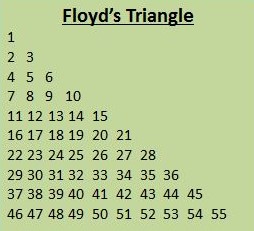REFLECTIONS AND SHEARS
ADDED TRANSFORMATIONS
In addition to translation, rotation, and scaling, there are various additional transformations that are often useful in three-dimensional graphics applications. Two of those are reflection and shear.
Reflections
A three-dimensional reflection is performed relative to a particular reflection axis or with regard to a particular reflection plane. In general, three-dimensional reflection matrices are founded similarly to those for 2 dimensions. Reflections relative to a given axis are resembling 180 degree rotations that axis. Reflections with regard to a plane are resembling 180 degree rotations in four-dimensional space. When the reflection plane could be a coordinate plane (either xy, xz, or yz), we will consider the transformation as a conversion between Left-handed and right-handed systems. An example of a mirrored image that converts coordinate specifications from a right-handed system to a left-handed system (or vice versa). This transformation changes the sign of the z coordinates, leaving the x- and y-coordinate values unchanged. The matrix representation for this reflection of points relative to the xy plane is
Transformation matrices for inverting x and y values are defined similarly, as reflections relative to the yz plane and xz plane, respectively Reflections about other planes is obtained as a mix of rotations and coordinate-plane reflections.











Comments
Post a Comment